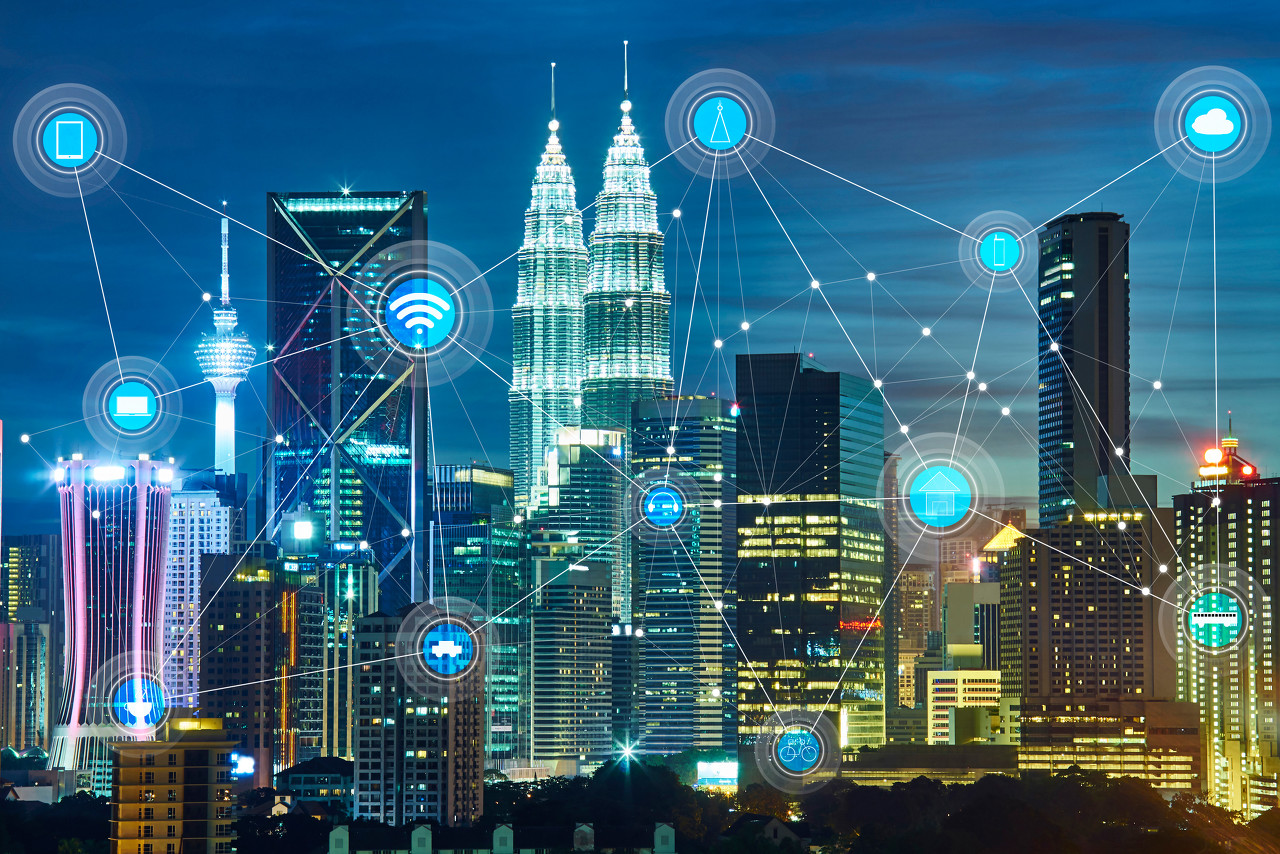The important benefit of an IoT device management platform is that it can reduce the cost of ownership for organizations. The reality is that companies with thousands of devices are unable to dispatch technical personnel to solve connection problems or physically update firmware. Remote device management can save time, money, and resources.
The management of IoT devices is not a single application. On the contrary, it is a collection of tools, processes, and options customized for managing specific devices. Through IoT device management, connected devices can be deployed, configured and monitored in a unique IoT environment and context.

How does the IoT device management platform work?
The IoT device management platform simplifies the management of IoT devices and software, focusing on devices as the foundation and key. The platform must provide different functions based on the characteristics and purposes of specific devices.
Building a platform may be challenging due to the diversity of devices. These range from industrial IoT Gateways to temperature sensors in smart vending machines.
The management of IoT devices may involve multiple elements. Considering that the cellular modules on site need to be connected to send and receive data, this means they need a SIM card. In an ideal scenario, a device management platform can help manage cellular devices, just like managing device connections. The specifications and purpose of the device will drive the functionality of the device management platform.
The advantages of IoT device management platforms
Although IoT device management platforms are complex, they provide valuable advantages for enterprises, especially those with medium to large-scale deployments. The main purpose of the device management platform is to simplify and reduce the costs associated with on-site device management throughout the entire device lifecycle.
Remote management and monitoring
The management function of IoT devices brings incredible convenience and simplification to enterprises. They allow people to seamlessly identify any device connected to the cloud on site. Then, engineers can use the platform to remotely configure, configure, or update device software. These remote features eliminate the need to manually manage devices on-site.
Another management function is IoT device monitoring. If deploying cellular devices, technicians can perform the following operations:
● Monitoring network connection
●Check the network and related performance that the device is connected to, predict problems, and even perform remote debugging
● Track the amount of data being usd
● Reduce ownership costs
The important benefit of an IoT device management platform is that it can reduce the cost of ownership for organizations. The reality is that companies with thousands of devices are unable to dispatch technical personnel to solve connection problems or physically update firmware. Remote device management can save time, money, and resources.
The main challenges of device management
One of the main challenges for any medium to large-scale deployment of the Internet of Things is scaling and installing millions of devices. Startups with only a few hundred or a few thousand devices may not initially feel at a loss. However, as deployment grows, IoT device management platforms become crucial.
In addition, we must develop a wireless (OTA) software update strategy. Keeping deployed device clusters up-to-date ensures access to new features and functionalities. It also allows devices to run efficiently and securely after installing the latest vulnerability patches.
Tracking consumption, controlling costs, and detecting abnormal behavior are crucial. These may indicate service abuse or labeling security issues, and even ongoing attacks.
Contact: Qui
Phone: 18146178586
Tel: 18146178586
Email: qui@zonewu.com
Add: 1501-3, Building F03, Phase III, Software Park, Jimei District, Xiamen City, Fujian Province, China
